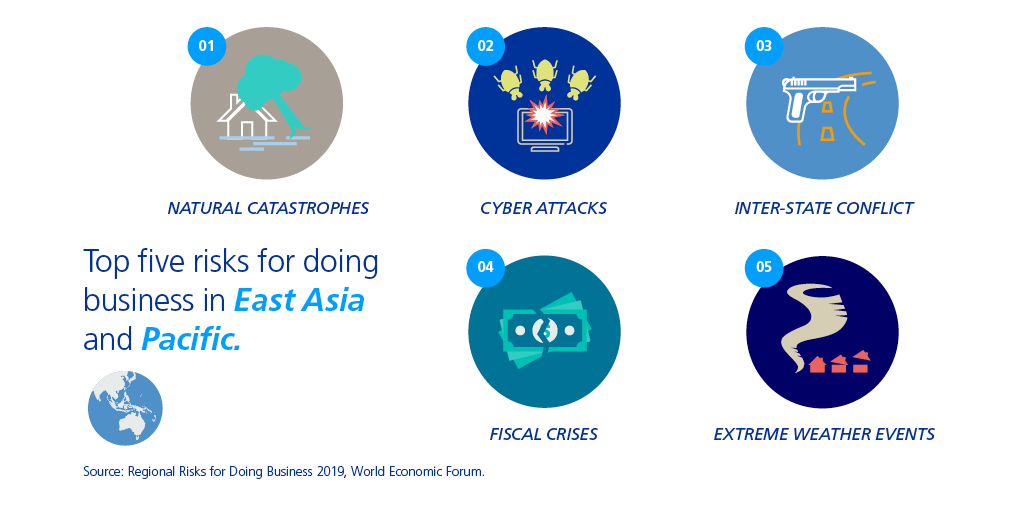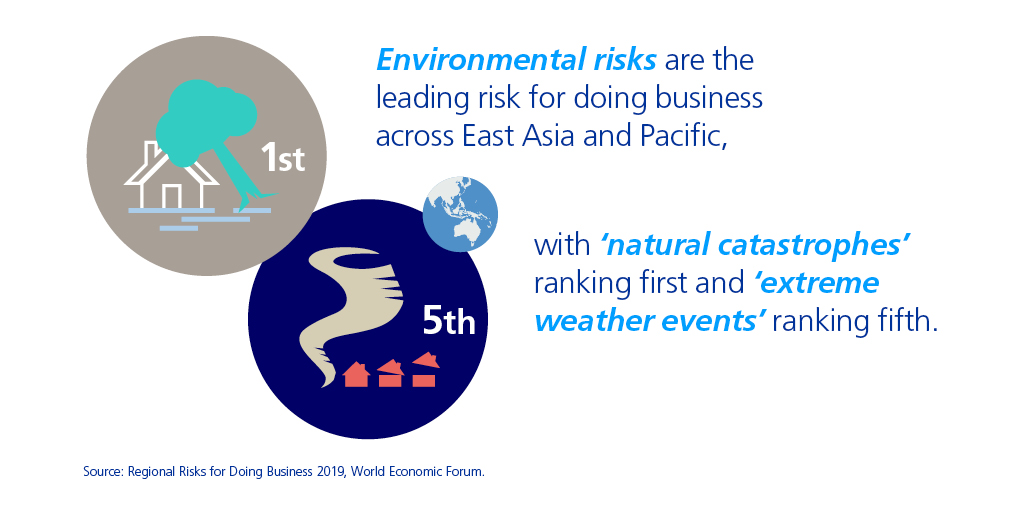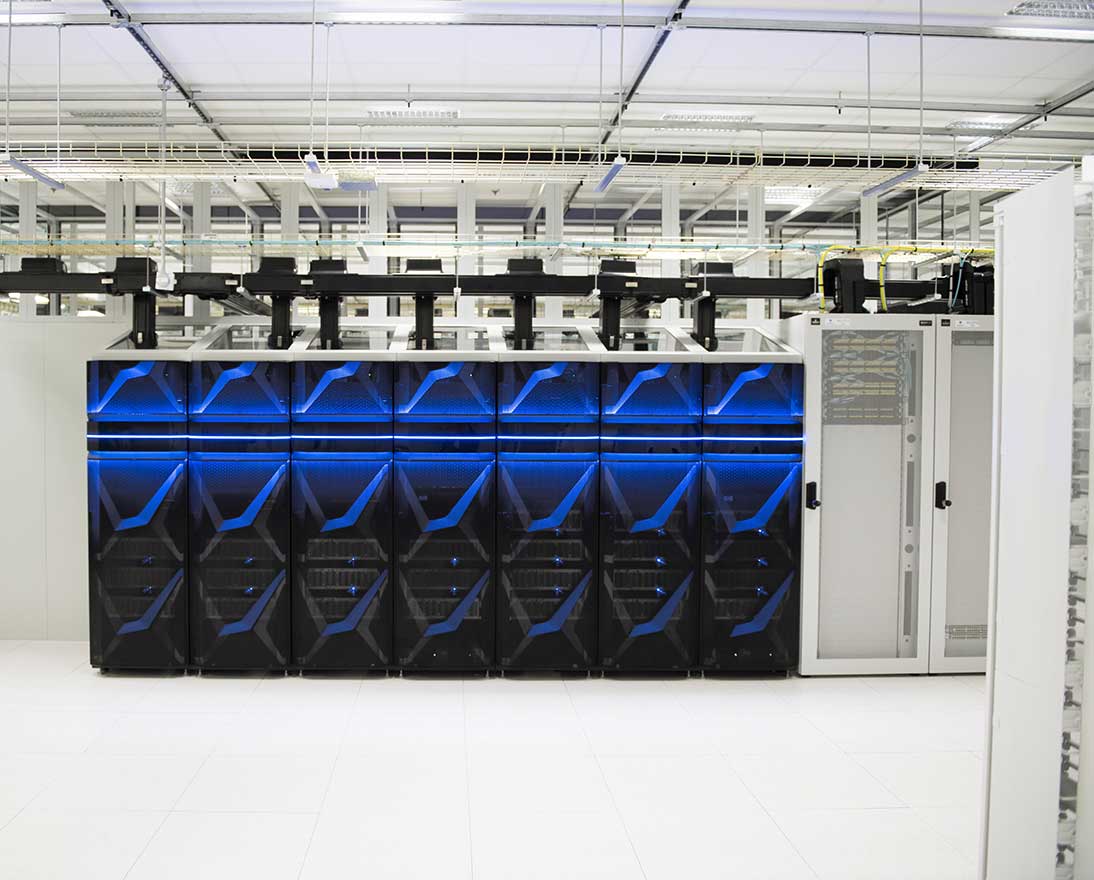Top Risks for Doing Business in Asia Pacific in 2019
Global risksArticleOctober 8, 2019
By Jack Howell, Chief Executive Officer, Zurich Asia Pacific
It’s not surprising to see that Asia Pacific (APAC) continues to be at the forefront of the global economy, accounting for more than two-thirds of the world’s growth.1 This resilient growth momentum is giving rise to affluent and middle-class consumers, where total household wealth is set to outpace North America’s by 2023.2
Businesses have been looking to capture the opportunities of this rapid development and growth. However, in the long-term, organizations must consider the impact of changing socio-economic factors, rising political risks and shifting demographic trends. Current projections indicate that the number of older persons in the region, aged 60 and over will more than double, rising from 549 million in 2017 to nearly 1.3 billion in 2050. 3
We explore some of the more common themes affecting APAC and how these could impact businesses and their performance.

Health protection gap presents vast opportunities
A survey valued the health protection gap in Asia at USD1.8 trillion. This is a concerning figure and refers specifically to the financial shortfall that families face when presented with unforeseen, direct out-of-pocket medical expenses. Most consumers believe that medical costs will be sufficiently covered by their employers or government. As reflected by the health protection gap, this is a common misconception.
There are a number of trends contributing to the widening health protection gap, none more so than lifestyle and demographic changes. As a result of rising affluence, we are seeing a higher detection of chronic diseases, namely hypertension, diabetes and high cholesterol. One in every two households in Asia has chronic diseases within the family, accounting for about 46% of the total health protection gap. Asia’s rapidly ageing societies will only further exacerbate these numbers.
It’s clear that there is an opportunity for governments, healthcare providers, insurers, employers and non-profit organizations to work together and provide quality and affordable healthcare solutions.
Navigating the political and social environment
Power shifts around the world have brought about more volatility and increased the risks of doing business. These include trade conflicts, political reforms and social movements. Coupled with these, people are demanding increased transparency and accountability from their governments and organizations.
As such, businesses need to be increasingly aware of how these risks may impact their license to operate. Public opinion can sway depending on how businesses position and conduct themselves, and this no doubt can affect the reputation and long-term viability of a company.
Building a sustainable future together
Climate change continues to have a severe impact across APAC, contributing significantly to the intensity and frequency of natural catastrophes. Given its huge land mass, outdated infrastructure and lack of funds to aid recovery, the region tends to be more vulnerable to environmental risks. Yet it also remains one of the most underinsured.
In the pursuit of economic growth and development, environmental considerations tend not to be prioritized. However, there is now a growing awareness that environmental risks have a huge impact on the cost of doing business. Moreover, consumers are expecting businesses to play an active role in managing their environmental impact. A sense of urgency has also started to drive collective actions by individuals, businesses and governments. What is needed now is to keep the momentum going to ensure a sustainable future.

Tackling the human side of cyber risks
Technology continues to shape how the world and people operate, but with increased dependency on technology we have seen vulnerabilities on the rise. The conditions for cyber-attacks are ideal in APAC where increased digital connectivity is coupled with lack of regulations, low cybersecurity awareness and growing cross-border data transfers.
Businesses need to take a proactive approach in raising awareness and understanding around cyber threats as individuals with access to sensitive information become the primary target of such activities. There needs to be a shift in attitudes and perceptions around cyber security. It is no longer simply a technology issue but rather an enterprise-wide risk involving all aspects of the organization.
Succeeding in the long-term
As insurers, our purpose is to protect what matters most to our customers. This means recognizing that customers’ needs are evolving. For business to be successful in the long term, we need to be agile and adaptable to the changing environment and responsive to shifting customer needs.
From Jack Howell, CEO Asia Pacific
1International Monetary Fund, Regional Economic Outlook: Asia Pacific
2Credit Suisse Wealth Report 2018
3United Nations: World Ageing Report 2017
4Swiss Re: Asia's health protection gap
5Swiss Re: Asia's health protection gap








